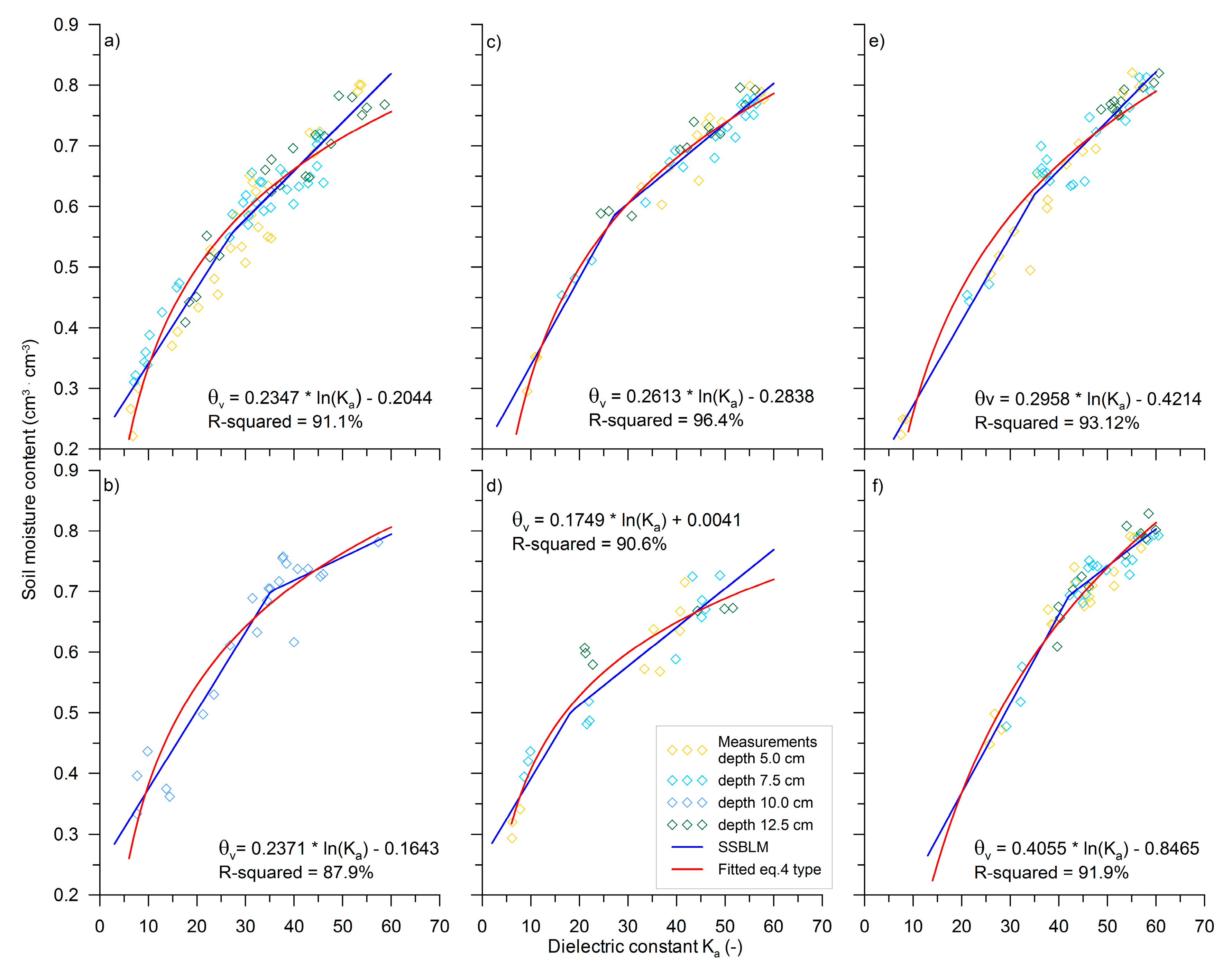If you want to start fiddling with the manual and semi-manual mode of your SLR camera, you will need to know a very important concept called «Depth of Field» .
If you follow the tutorials of the Photographer's Blog you will remember that on more than one occasion we have referred to this concept, for example to produce portrait photography the depth of field is something key.
WHAT IS DEPTH OF FIELD?
Plainly explained,
the depth of field is the area of ??the image that is sharp or focused, in contrast to other areas of less focus.
As you well know, in any frame the objective can focus only one point, not several. Of course, this focused point can be broad or reduced, as we want and as the capabilities of our objective allow us.
The area of ??the image that will appear sharp and well focused will determine our depth of field.
To better explain this concept I have prepared a small graphic, very simple and easy to understand.
On the left you can see that we have achieved
a great depth of field , so that the camera focuses a wide distance, practically from 5 to 15 meters (for example). On the other hand, on the right side we have
greatly reduced the depth of field , that is, the area under focus, so that everything in the photo will go out of focus except what is between 9 and 11 in this case.
HOW TO CONTROL THE DEPTH OF FIELD?
There is only one real way to control the depth of field: controlling the aperture (diaphragm) of the lens. Selecting a small aperture (f / high value) we obtain a very large focal length and a very wide focused area. On the other hand, if we choose a large aperture (f / very low value) we will achieve a smaller and more precise focus area and therefore a small depth of field.
In SLR cameras, the only way to control the aperture is through manual and semi-manual modes. Some time ago I published an article explaining how to use manual and semi-manual modes of SLR cameras , read it.
HOW TO APPLY THIS IN REAL LIFE?
Then I will give you practical examples in which
depth of field plays an essential role.
Large depth of field: it is usually used in situations where we want everything to appear focused, for example nature photography, landscapes, mountains, etc.
Small depth of field: We use it in situations in which we are interested in capturing the viewer's attention and focusing on a specific point, for example to give prominence to the subject of a portrait, or to highlight an object among several. Small depths of field are also often used in Macro photography in which, as in portraits, we are interested in enhancing a certain space or object.
Do you have it clear? Practice it


